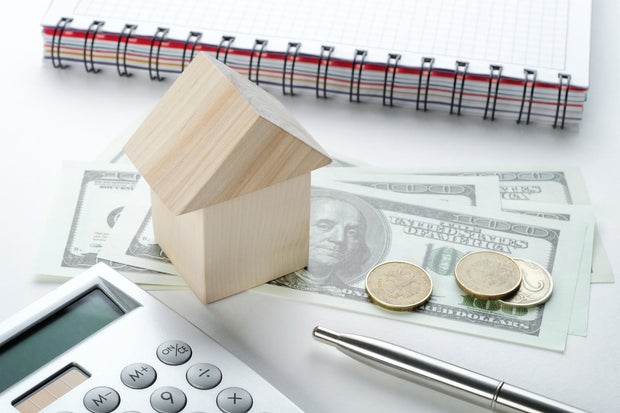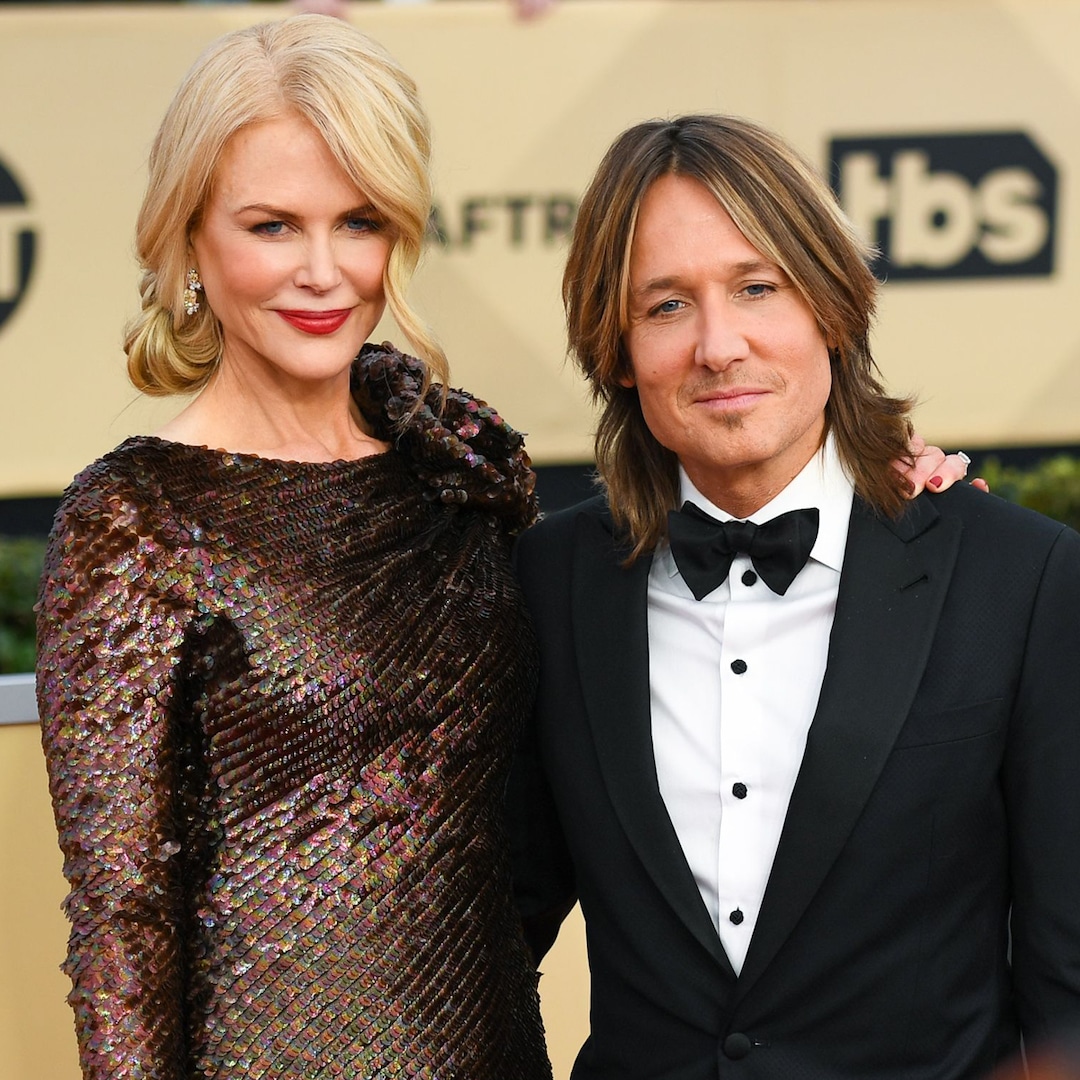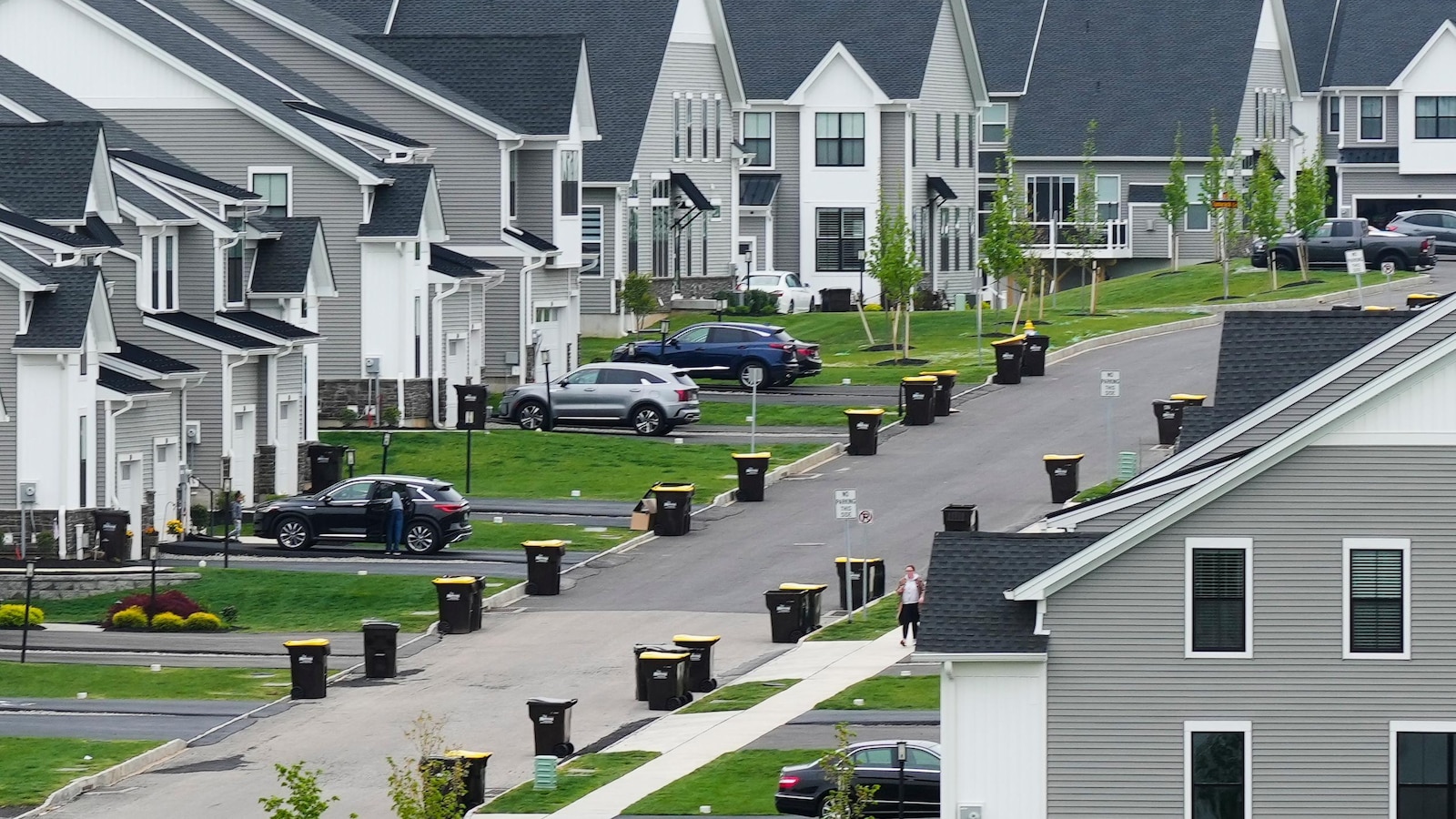Aleksandr Zubkov/Getty Images
The mortgage rate landscape has shifted considerably over the past several months, with rates retreating from the elevated levels that dominated much of early 2025. Back in January, homebuyers faced 30-year mortgage rates averaging 6.93%, a figure that put significant pressure on monthly budgets and forced many prospective buyers to reconsider their purchasing power. Fast forward to today, though, and the average 30-year fixed rate has dropped to 6.34%, which is drawing both new buyers and homeowners looking to refinance back into the market.
For borrowers who need to take out a mortgage loan in the $700,000 range, today’s lower mortgage rates aren’t just numbers on a page, either. They represent real differences in the monthly mortgage loan payment obligations and the long-term financial commitments. But whether you’re eyeing a property in a competitive market or considering a move-up purchase, understanding exactly how much these recent rate drops translate to can help you make smarter decisions about when and how to move forward with your home financing plans.
So, what would the monthly mortgage payments be on a $700,000 loan at today’s rates — and how much can borrowers save compared to what they would have paid just a few months ago? That’s what we’ll explore below.
Learn how affordable the right mortgage loan could be today.
What are the monthly payments on a $700,000 mortgage now that rates have dropped?
At the current average rate of 6.34% on a 30-year fixed mortgage, you’re looking at monthly principal and interest payments of $4,351.08 on a $700,000 loan. Note, though, that this figure covers just the core borrowing costs and doesn’t factor in property taxes, homeowners insurance, homeowners association fees or private mortgage insurance if you’re putting down less than 20%. However, it gives you a solid baseline for understanding what the loan itself will cost each month.
Now let’s compare the payments at today’s rates to where things stood at the start of the year. That same $700,000 mortgage at January’s 6.93% average rate would have meant monthly payments of $4,624.26. The difference? You’re now paying about $273 less each month, which adds up to roughly $3,278 in annual savings. That’s money that could go toward home improvements, emergency savings or simply providing more breathing room in your monthly budget.
If you’re willing to commit to a shorter loan term, a 15-year mortgage loan at today’s average rate of 5.64% would result in payments of $5,771.72 per month. While that’s significantly higher than the 30-year option, you’ll own your home outright in half the time and pay substantially less in total interest over the life of the loan.
The long-term financial picture makes these rate drops even more compelling. By securing today’s 6.34% rate instead of the 6.93% rate from January, you’d save approximately $98,344 in total interest payments over the full 30-year term. That’s nearly $100,000 that stays in your pocket rather than going to the lender.
Explore today’s top mortgage loan offers online now.
How much would it cost to refinance a $700,000 mortgage at today’s lower rates?
Current homeowners who previously locked in higher rates aren’t left watching from the sidelines. The recent decline in mortgage rates has also opened up refinancing opportunities that could reshape monthly budgets and overall loan costs. If you’re sitting on a $700,000 mortgage balance and considering a refinance, here’s what your new monthly payments would look like:
- A 15-year refinance at 6.01%: This option brings monthly principal and interest payments to $5,910.78. While that’s a substantial monthly commitment, it’s the fastest path to eliminating mortgage debt while capitalizing on rates that are lower than what many homeowners currently carry.
- A 30-year refinance at 6.64%: For those prioritizing manageable monthly payments, a 30-year refinance would mean principal and interest costs of $4,489.12 per month. You’ll extend your repayment timeline, but the monthly relief could be substantial depending on your existing rate.
The decision to refinance isn’t just about grabbing a lower rate, though. You’ll need to factor in closing costs, which typically run between 2% and 5% of the loan amount. For a $700,000 refinance, that means potentially paying $14,000 to $35,000 upfront.
The bottom line
Today’s mortgage rates represent a notable improvement from where they stood at the start of 2025, and for a $700,000 home loan, that translates to meaningful monthly and long-term savings. The $273 monthly difference between current rates and January’s averages might not sound dramatic, but it adds up to thousands annually and nearly $100,000 over the life of the loan.
Before committing to any mortgage or refinance, though, be sure to shop around with multiple lenders to ensure you’re getting competitive terms. Rates can vary significantly between lenders, and your credit profile, down payment and loan details all influence the final number. Don’t wait around expecting rates to keep falling, either. Lock in a good rate when you find one, and focus on making the best financial decision for your current situation.
Source link


